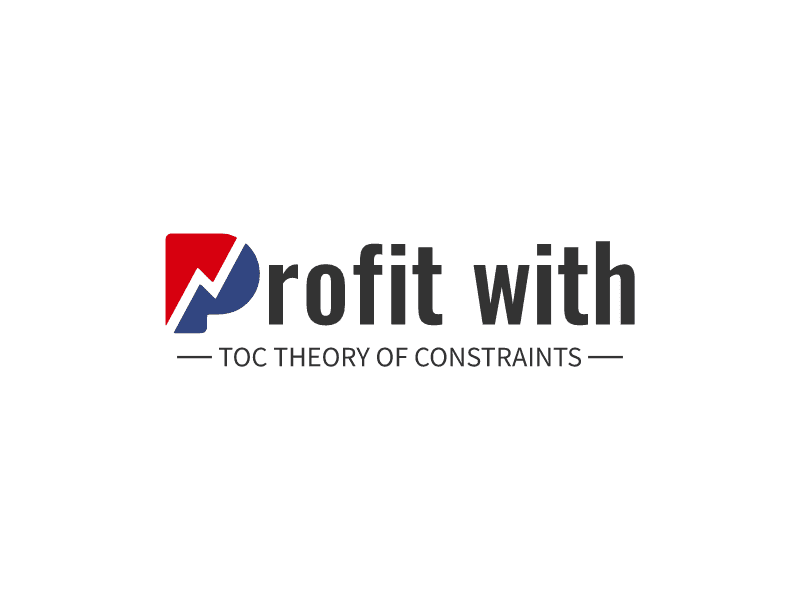- “You never change things by fighting the existing reality. To change something, build a new model that makes the existing model obsolete.” ― Buckminster Fuller
- Before you Progress Any Further
- This website and our services may be worthwhile if you are struggling with any of the following issues:
- • Are you struggling to reach your profit targets?
- • Are you struggling to meet the product or service deadlines for your customers?
- • Are you experiencing issues with your production scheduling?
- • Is your business struggling with some serious constraints and bottlenecks like a key piece of machinery not operating to produce maximum Throughput margin per unit?
- • Is your business struggling with some serious constraints and bottlenecks like key staff on a project or machinery that dictates output, and policies that are stiffening progress?
- • Do you know how much cash per unit (Throughput dollar per unit) is produced by each product or service area?
- • Is your business capable of producing more with existing resources, but marketing and customer attraction (constraints) are holding you back?
- • Did you know that carrying inventory can become a “liability” rather than the usual “asset”?
- • Are there any other business constraints you have that you need help sorting?
- If you need a huge push to improve your business significantly, then continue reading.
- Welcome to the world of THEORY OF CONSTRAINTS.
- What is the Theory of Constraints (TOC)?
- The Theory of Constraints (TOC), developed by Dr. Eliyahu Goldratt in the 1980s, is a business philosophy. Its primary aim is to help organizations achieve their ultimate goals by comprehending fundamental cause-and-effect relationships and system variations.
- TOC is applicable across diverse sectors, including for-profit and not-for-profit organizations, optimizing strategies, personnel management, marketing, sales, distribution, manufacturing, design, and project management.
- This website offers insights into TOC's key concepts and successful applications, relevant to various sectors, including manufacturing and service organizations.
- We focus on:
- • Successful Companies Seeking More Profit.
- • Companies in Need of a Turnaround.
- • Not-for-Profit Ventures.
- In each scenario, organizations grapple with constraints hindering their success. Businesses focus on too many constraints rather than the core constraints that hinder their progress. This is a lot harder than you think especially when you are dealing with the daily struggles of the business and there is no one holding your hand and guiding you and keeping you on track.
- So, how can the Theory of Constraints focus on your Constraints?
- There are three critical areas of focus to bring significant changes:
- Increasing THROUGHPUT: The rate at which the entire system generates money through sales (product or service). This will have the greatest impact on your business and will be only constrained by your limitations and this is where we help you. Throughput is:
- The world is not interested in the storms you encountered, but did you bring in the ship? William McFee
- Reduce Inventory or Investments: Money tied up INSIDE. All the money the system or business invests in things it intends to sell. If left unmanaged, the business may be showing “profit” in its Income Statement (Profit and loss Statement) and yet be starved of cash in the Balance Sheet.
- Reduce Operating Expenses: Money going out. This is all the money the system spends turning Inventory into Throughput.
- Before bringing about any changes, we need to apply the principles and specialised tools and skills of TOC to assist the organisation to find out:
- What to change? (Where is the constraint?)
- What to change to? (What should we do with the constraint?)
- How to cause the change (How do we implement the change?)
Theory of Constraints Cycle
- The Theory of Constraints (TOC) provides a systematic and structured approach to identify, address, and resolve the constraints that hinder an organization's success. Here's how TOC can help:
- 1. Identification of Constraints: TOC emphasizes the importance of identifying constraints, which are bottlenecks or limitations that restrict an organization's ability to achieve its goals. By recognizing these constraints, organizations can focus their efforts on the most critical issues.
- 2. Exploiting Constraints: TOC encourages organizations to fully utilize their constraints. This means ensuring that the bottleneck processes are operating at maximum capacity. By doing so, the organization can produce more and optimize its use of resources.
- 3. Subordinating Non-Constraints: Processes that are not constrained are subordinated to the constraints. This means that non-bottleneck processes are aligned to support and synchronize with the bottleneck processes to prevent overproduction, reduce work-in-progress, and ensure a smooth flow of work.
- 4. Elevating Constraints: TOC suggests elevating or improving the constraints to increase their capacity. This may involve investing in additional resources, changing procedures, or enhancing the efficiency of bottleneck processes.
- 5. Breaking Inertia: TOC helps organizations break through inertia and resistance to change. It provides a structured methodology for implementing changes and measuring the impact on the constraint.
- 6. Continuous Improvement: TOC promotes ongoing monitoring and continuous improvement. It encourages organizations to regularly reassess constraints, adapt their strategies, and seek out new constraints as old ones are resolved.
- 7. Throughput Accounting: TOC introduces Throughput accounting, which focuses on measuring and managing the flow of products or services through the system. This helps organizations make informed financial decisions that are aligned with the goal of maximizing profitability.
- By applying these principles, TOC helps organizations overcome constraints and optimize their operations. It is a holistic and systematic approach that aims to improve overall performance and drive the organization toward achieving its goals.
Let's Work Together!
First two hours consultation is free to find
out more about your business.
